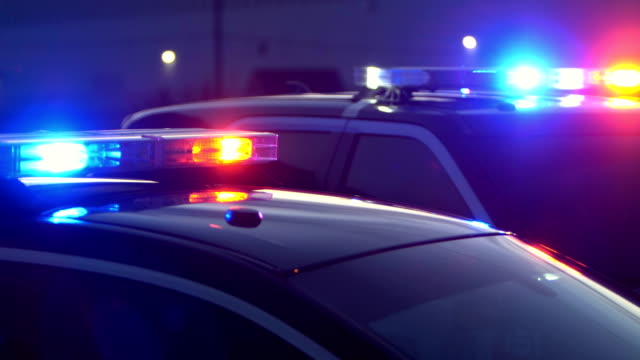Police officers are excellent rule followers. Law enforcement agencies are paramilitary in nature. Accordingly, there is a chain of command and rules are meant to be followed. Col. Jessup put it is best in the movie A Few Good Men when he testified, “We follow orders, son. We follow orders or people die. It’s that simple. Are we clear?”
When a supervisor tells an officer to stand on a corner, they stand on the corner. No questions asked. I’m reminded of the Seinfeld episode where George could not understand why the department store security guard stood the entire time during his shift. When George asked the guard if he would rather sit in a chair, the guard answered, “sure but they never offered me a chair.” Sitting was against the rules. Following the rules is part of the job description. The same should hold true for supervisors and elected officials. They too should be forced to follow the rules in place, not some rule created after-the-fact. It would be utterly unfair to apply a newly created rule retroactively. Unfortunately, this is exactly what is being done in the present climate. The rules at issue are state law and department policies. There is considerable authority granting law enforcement the right to exercise a substantial amount of force.
With the proliferation of video cameras, it is certain that the majority of police involved shootings going forward will be captured on video. The images depicted are going to look bad to the public because it has been conditioned through television and Hollywood as to how a police involved shooting should look. In the movies, when an offender points a handgun at a police officer, the officer calmly pulls out his/her weapon and fires one shot at the offender’s hand which causes the gun to fall and he surrenders without a struggle. Or it will show an offender armed with a knife charging at police officer who seems undaunted. On TV, the officer will give the offender every opportunity to stop and it is not until the very last moment when the offender leaps toward the officer that the officer fires one shot causing the offender to fly backwards and drop the knife. The truth of the matter is, real-life shootings don’t look so pretty. They are last resort decisions made in split seconds. It is understandable that the public will inevitably view the police officer’s actions suspiciously; however it is up to our leaders to speak up for the officers. The police brass who created the policy authorizing the use of force must speak up. The politicians who drafted the laws specifically permitting the use of force must speak up.
Police brass creates department policy. State statutes are drafted by the legislators. When things go bad, like they have recently, the same politicians are the first ones to throw the police officer under the bus. The politicians have gotten a pass so far. No one has bothered to consider that the officer’s actions were consistent with their training and state law. The politicians made the rules and when the heat gets turned up, they put the blame squarely on the shoulders of the individual officer. What leaders. It must be recognized that these officers are reacting exactly how they were trained to act. Their department policies and Illinois statutes justify their decision to use force in many situation.
The Illinois code grants police officers considerable latitude in determining whether or not to use force in making an arrest or preventing escape. 720 ILCS 5/7 – 5 governs a police officer’s use of force in making an arrest. The statute holds that a police officer is “justified in the use of any force which he reasonably believes to be necessary to effect the arrest and of any force which he reasonably believes to be necessary to defend himself or another from bodily harm while making the arrest.” What is more, the code authorizes a police officer to use deadly force when such force is necessary to prevent the arrest from being defeated; and the person to be arrested has committed or attempted a forcible felony involving the infliction or threatened infliction of great bodily harm; or is attempting to escape by use of a deadly weapon. “The officer is not obliged to retreat from resistance before using force to effect the arrest or to protect himself or herself or others from bodily harm.” The law recognizes that the perceived danger, rather than the actual danger is the controlling factor. The actions of the officer must be determined by an examination of all of the circumstances preceding and immediately surrounding the deadly confrontation. Moreover, the law implicitly recognizes that “in the heat of the potentially deadly confrontation, drawing a fine line between what may be a reasonable belief versus an unreasonable suspicion can be exceedingly difficult.”
What is more, the legislators included specific language in the statute which justifies deadly force if, “the arrestee is attempting an escape through the aid of a deadly weapon.” The committee comments attached to the statute indicates a clear legislative intent, “the peace officer should be authorized to act even if the offender has not actually used or currently threatened to use the weapon: the normal inference is that he (the offender) intends to use it to thwart apprehension.” These are the rules that the politicians and the policymakers put into place. It is difficult to understand why this point has yet to be recognized by the media. The rules clearly allow police officers the authority to use deadly force in a variety of situations. Yet as we have seen lately, officers are being disciplined or charged criminally for acting consistent and fully compliant with the laws and rules in place. Of course it is much easier to sacrifice a police officer rather than accept any personal responsibility.


